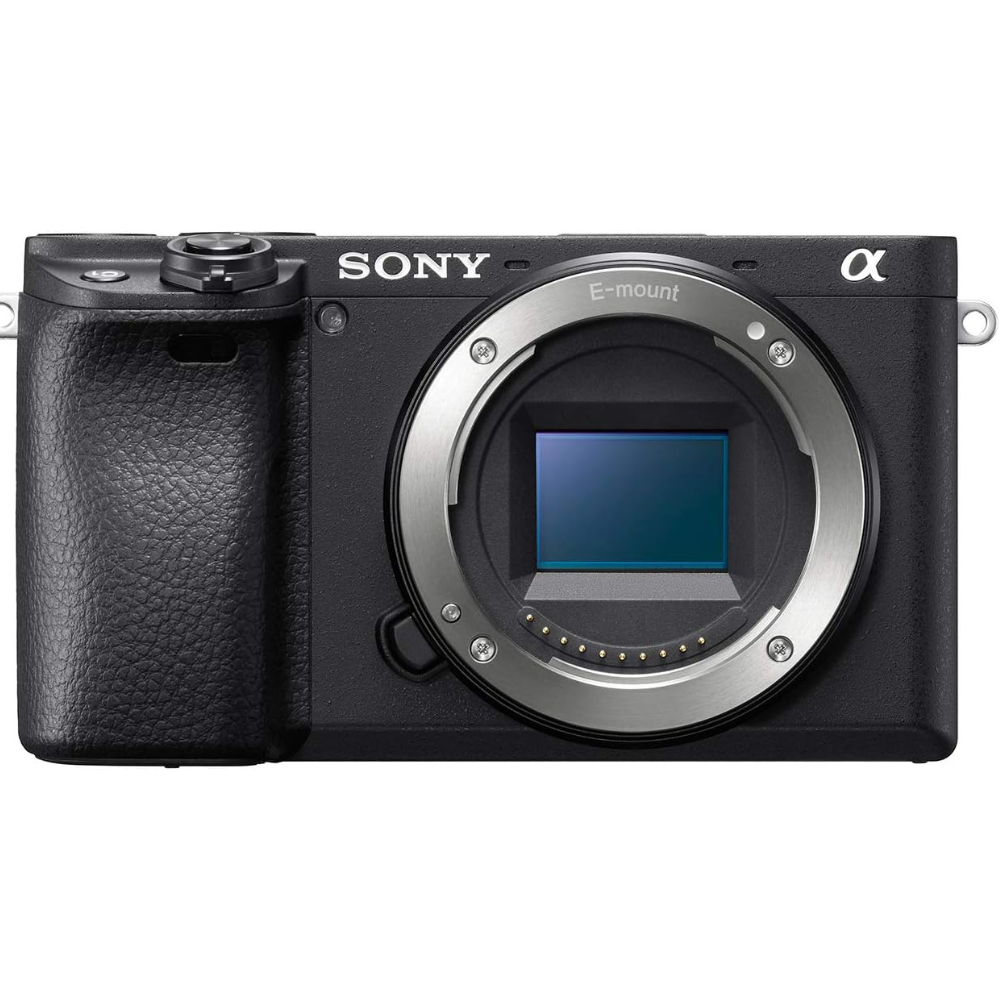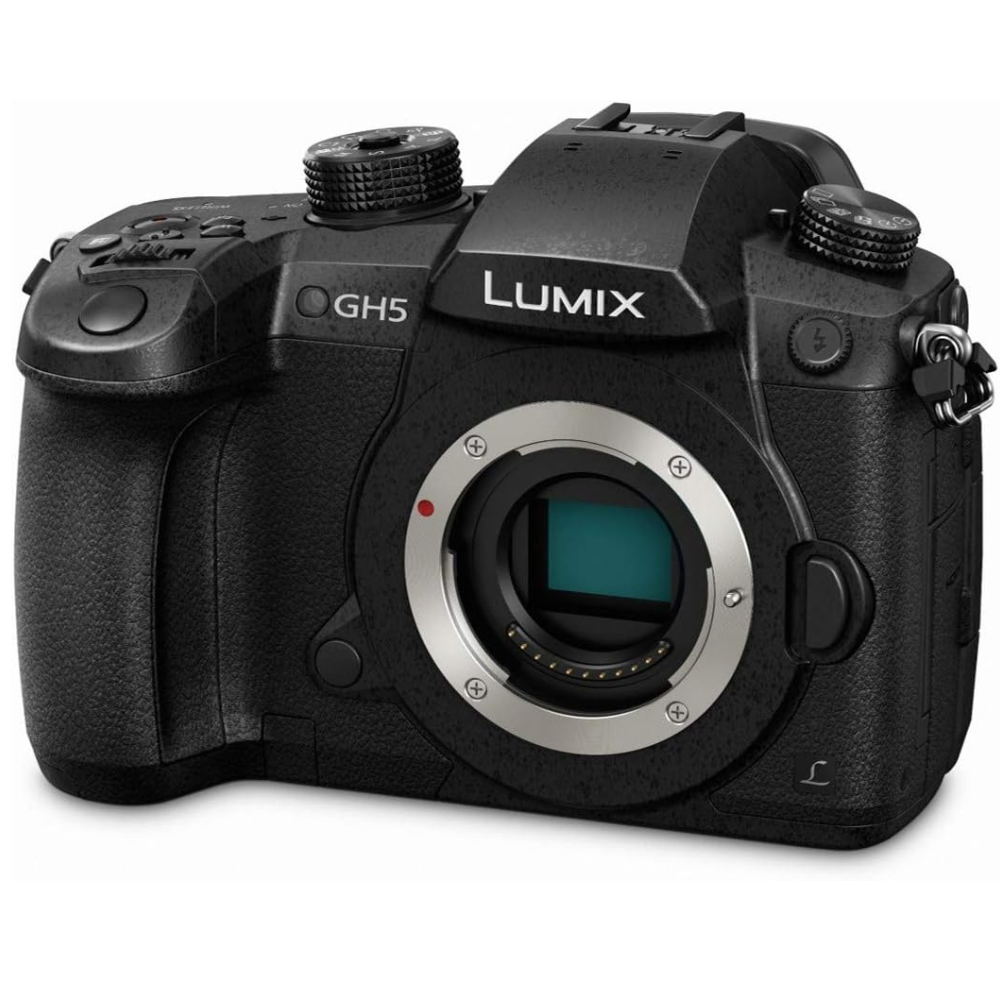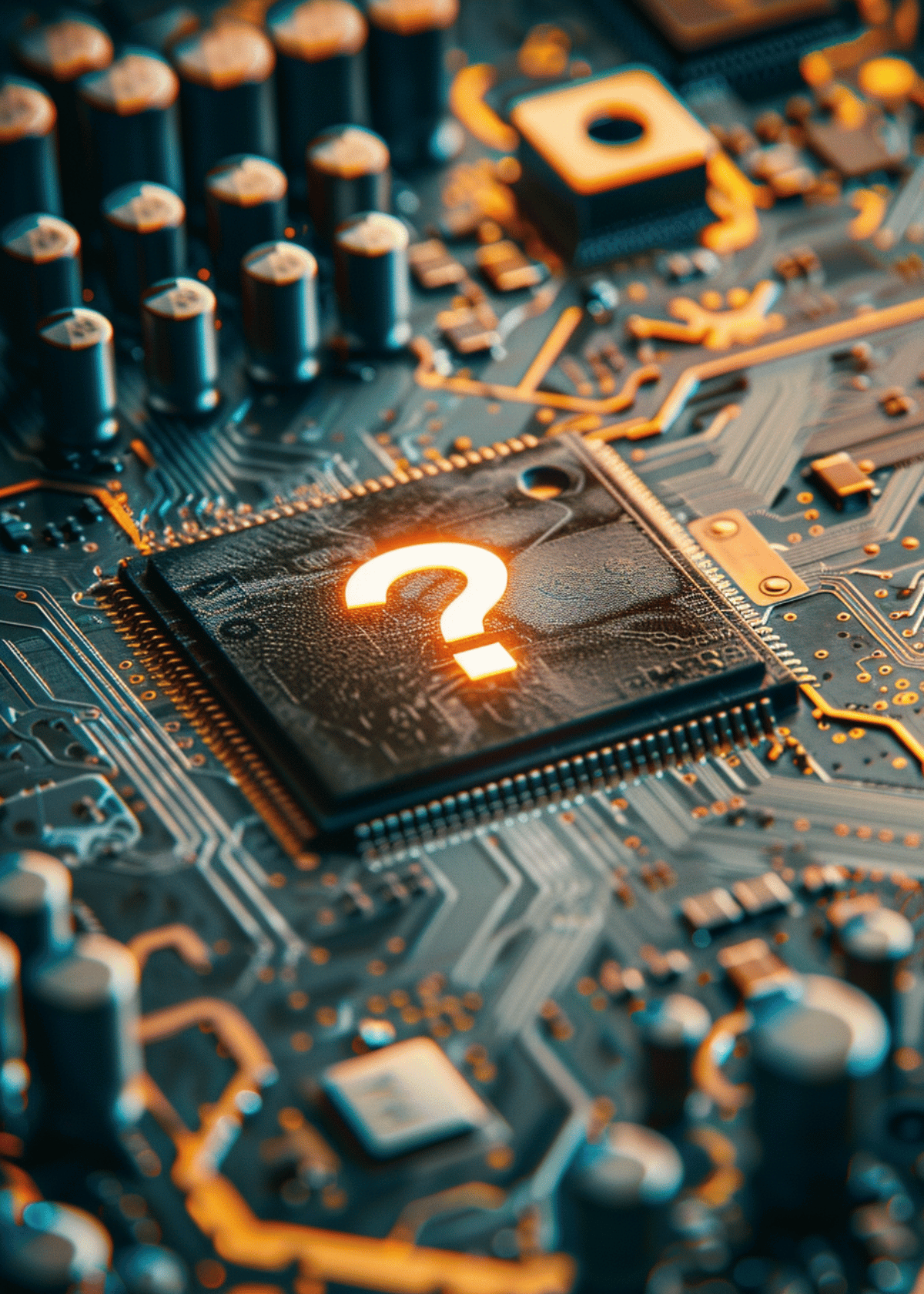How to Set Up Your Camera When Filming a Podcast: Setup Tips 🔍

In the world of podcasting, the visual aspect has become increasingly important. While audio remains the primary focus, incorporating video into podcast episodes can enhance the overall experience for both creators and viewers. A well-executed camera setup can add a new dimension to your podcast, allowing you to connect with your audience on a deeper level and attract a wider audience.
This article aims to guide you through the process of choosing the right camera for podcast filming. We will discuss the key considerations you should keep in mind when selecting a camera and provide recommendations for camera options that are well-suited for podcasting. By the end of this article, you will have a clear understanding of what to look for in a camera and be equipped with the knowledge to make an informed decision.
➪ Choosing the Right Camera
When choosing a camera for podcast filming, there are several factors to consider:
Budget: Determine your budget range as cameras can vary significantly in price. It's important to strike a balance between your budget and the features you require.
Image quality: Look for a camera that can capture high-resolution video with good low-light performance. This will ensure that your podcast episodes look professional and visually appealing.
Connectivity options: Consider the camera's connectivity options, such as HDMI or USB, to ensure compatibility with your recording setup. This will allow you to easily integrate the camera into your existing podcasting equipment.
Autofocus and stabilization: A camera with reliable autofocus and image stabilization capabilities can greatly improve the quality of your footage. It will help keep your shots sharp and steady, even if you move around during the podcast.
Recommended Camera Options for Podcast Filming
Canon EOS M50 Mark II: This mirrorless camera offers excellent image quality, a flip-out screen for easy framing, and reliable autofocus. It also has a microphone input, making it a suitable choice for podcasting.
Sony A6400: Known for its impressive autofocus capabilities, this mirrorless camera delivers high-quality video with excellent low-light performance. It also features a flip-up screen, making it convenient for self-recording.

Panasonic Lumix GH5: This mirrorless camera is highly regarded for its video capabilities. It offers 4K recording, excellent image stabilization, and a wide range of customizable settings. It's a great option for podcasters who prioritize advanced video features.

By carefully considering the factors mentioned above and exploring the recommended camera options, you'll be well on your way to selecting the right camera for your podcast filming needs.
➪ Camera Placement
➻ Determining the Ideal Camera Angle:
When it comes to camera placement for podcast filming, finding the ideal camera angle is crucial. The camera angle determines how the subject will be perceived by the audience and can greatly impact the overall visual experience. Here are a few factors to consider when determining the ideal camera angle:
- Subject and context: Consider the subject matter of your podcast and the context in which it will be presented. For example, if you are discussing a cooking demonstration, a camera angle that captures the countertop and the chef's hands would be ideal. Understanding the subject and context will help you choose an angle that best showcases the content.
- Eye-level perspective: In most cases, positioning the camera at eye level with the subject creates a natural and engaging viewing experience. This angle allows the audience to feel like they are having a conversation with the host or guest, creating a sense of connection.
- Framing and composition: Think about how you want to frame the subject within the camera's view. Consider the rule of thirds, which suggests dividing the frame into nine equal parts using two horizontal and two vertical lines. Positioning the subject along these lines or at their intersections can create a visually pleasing composition.
➻ Positioning the Camera for Optimal Framing:
Once you have determined the ideal camera angle, it's important to position the camera correctly to achieve optimal framing. Here are a few tips to help you with camera positioning:
- Distance and perspective: Consider the distance between the camera and the subject. Too close, and the subject may appear distorted or overwhelming. Too far, and the subject may appear distant or disconnected. Experiment with different distances to find the right balance.
- Rule of thirds: As mentioned earlier, the rule of thirds can be a helpful guideline for positioning the subject within the frame. Place the subject along the lines or at their intersections to create a visually appealing composition.
- Background and foreground elements: Pay attention to the background and foreground elements when positioning the camera. Ensure that there are no distracting objects or clutter that may take away from the focus on the subject. Additionally, consider adding depth to the shot by including foreground elements that can enhance the visual interest.
➻ Lighting Setup
Good lighting is essential in podcast filming as it greatly impacts the overall quality and visual appeal of the content. Here are a few reasons why good lighting is important:
- Visibility and clarity: Proper lighting ensures that the subject is well-lit and clearly visible to the audience. It helps to eliminate shadows, reduce glare, and enhance the details, making it easier for viewers to engage with the content.
- Mood and atmosphere: Lighting plays a significant role in setting the mood and atmosphere of your podcast. Different lighting setups can evoke different emotions and enhance the overall tone of the conversation. For example, warm and soft lighting can create a cozy and intimate atmosphere, while bright and vibrant lighting can convey energy and excitement.
➻ Types of Lighting Equipment to Consider:
When setting up the lighting for your podcast, there are various types of lighting equipment to consider. Here are a few commonly used options:
- Key light: The key light is the primary light source that illuminates the subject. It provides the main source of illumination and helps to define the subject's features and contours.
- Fill light: The fill light is used to fill in the shadows created by the key light. It helps to balance the overall lighting and reduce harsh shadows, resulting in a more even and flattering appearance.
- Backlight: The backlight is positioned behind the subject and adds depth and separation from the background. It helps to create a sense of dimension and can make the subject stand out.
➻ Tips for Achieving Balanced Lighting:
To achieve balanced lighting in your podcast filming, consider the following tips:
- Use natural light whenever possible: Natural light can provide a soft and flattering illumination. Position your setup near a window or use diffusers to soften the light and avoid harsh shadows.
- Experiment with different light intensities: Adjust the intensity of your lights to achieve the desired effect. Dimming or brightening the lights can help create different moods and atmospheres.
- Diffuse and bounce the light: Use diffusers or reflectors to soften and spread the light. This can help to reduce harsh shadows and create a more even and natural-looking illumination.
- Consider the color temperature: Different light sources have different color temperatures. Pay attention to the color temperature of your lights and ensure they are consistent to avoid color imbalances in your footage.
By considering camera placement and lighting setup, you can enhance the visual quality of your podcast and create a more engaging and professional viewing experience for your audience.
➪ Audio Considerations
➻ Ensuring clear audio capture during filming:
When it comes to capturing clear audio during filming, there are a few key considerations to keep in mind. First and foremost, it's important to minimize background noise as much as possible. This can be achieved by choosing a quiet location for filming and using soundproofing materials if necessary. Additionally, using a directional microphone can help to focus on the desired audio source and reduce unwanted noise.
➻ Selecting the right microphone for podcast recording:
Choosing the right microphone for podcast recording is crucial to ensure high-quality audio. There are various types of microphones available, such as dynamic, condenser, and lavalier microphones. Each type has its own strengths and weaknesses, so it's important to consider factors like the recording environment, desired sound quality, and budget when making a selection.
➻ Positioning the microphone for optimal sound quality:
Proper positioning of the microphone is essential to achieve optimal sound quality. The distance between the microphone and the speaker should be carefully considered to avoid distortion or muffled audio. It's generally recommended to position the microphone at a distance of about 6-12 inches from the speaker's mouth, depending on the microphone type and recording environment. Experimenting with different positions and angles can help find the best placement for capturing clear and balanced audio.
➪ Camera Settings
When filming a podcast, adjusting the camera settings appropriately is important to ensure a visually pleasing result. Start by setting the appropriate frame rate and resolution based on your desired output. Generally, a frame rate of 24 or 30 frames per second (fps) is commonly used for podcasts. Additionally, adjusting the shutter speed, aperture, and ISO settings can help achieve the desired exposure and depth of field.
To achieve optimal visual quality, it's recommended to set the exposure, white balance, and focus correctly. Exposure refers to the brightness of the image, and it can be adjusted using the camera's aperture, shutter speed, and ISO settings. White balance ensures accurate color representation, and it can be set manually or using the camera's auto white balance feature. Lastly, focusing should be done carefully to ensure that the subject is sharp and clear.
➪ Testing and Adjustments
Before starting the actual recording, it's crucial to test the camera setup to identify any potential issues or areas for improvement. This includes checking the audio and video quality, ensuring proper lighting, and verifying that all equipment is functioning correctly. Testing the setup beforehand allows for adjustments to be made and ensures a smoother recording process.
Based on the test results, adjustments may be required to improve the overall quality of the recording. This could involve fine-tuning the audio settings, repositioning the microphone or camera, adjusting lighting conditions, or making changes to the camera settings. Regular testing and adjustments help to optimize the recording setup and ensure a professional and polished final product.
➪ Additional Tips and Tricks
⭐ Using a Tripod or Stabilizer for Steady Shots:
One of the most important aspects of creating a visually appealing podcast is ensuring that your shots are steady and stable. To achieve this, consider using a tripod or stabilizer. A tripod provides a solid base for your camera, allowing you to capture smooth and professional-looking footage. Stabilizers, on the other hand, are handheld devices that help reduce camera shake and vibrations, resulting in steady shots even when you're on the move. By using a tripod or stabilizer, you can enhance the overall quality of your podcast and make it more enjoyable for your viewers.
⭐ Considering the Background and Set Design:
The background and set design plays a crucial role in creating an engaging visual experience for your podcast. When choosing a background, consider the theme and tone of your podcast. You can opt for a clean and minimalistic background to keep the focus on the host or guest, or you can create a visually appealing set that reflects the content of your podcast. Experiment with different props, colors, and textures to create a unique and captivating backdrop. Remember, the background should complement your podcast's content and help convey the desired atmosphere.
⭐ Incorporating Graphics or Overlays for Visual Appeal:
Adding graphics or overlays to your podcast can significantly enhance its visual appeal. Graphics can be used to display key points, introduce segments, or showcase relevant information. Overlays, such as lower thirds, can be used to display the names of the host and guests, adding a professional touch to your podcast. Additionally, you can incorporate visual effects, transitions, and animations to make your podcast visually engaging and dynamic. However, it's important to strike a balance and ensure that the graphics and overlays do not distract from the main content of your podcast.
Conclusion
In this article, we have explored various camera setup tips to help you create a successful podcast filming experience. We discussed the importance of lighting and audio quality, the significance of camera angles and framing, and the benefits of using a tripod or stabilizer for steady shots. We also emphasized the role of background and set design in creating an engaging visual experience. Lastly, we touched upon the use of graphics and overlays to enhance the overall appeal of your podcast.
Now that you are equipped with these camera setup tips, we encourage you to implement them in your podcast filming process. By paying attention to lighting, audio, camera angles, and framing, you can significantly improve the quality of your podcast. Additionally, considering the background and set design, as well as incorporating graphics and overlays, will help create a visually appealing experience for your viewers. Remember, a successful podcast is not only about the content but also about the overall presentation. So, go ahead and apply these tips to elevate your podcast to new heights. Happy filming!





